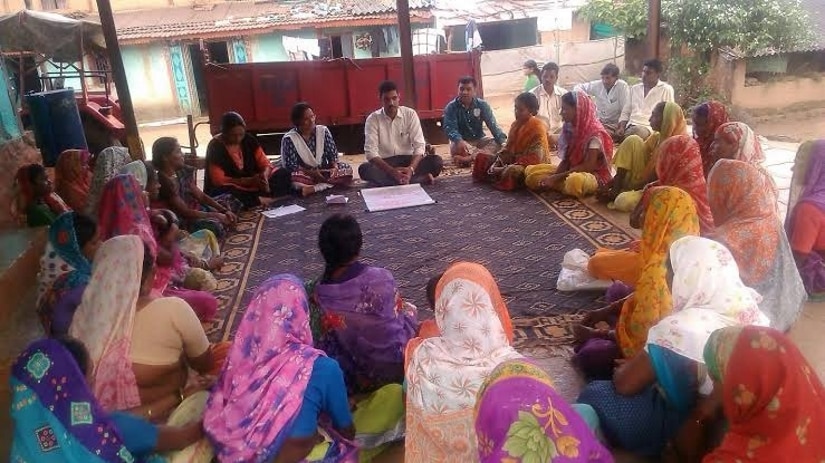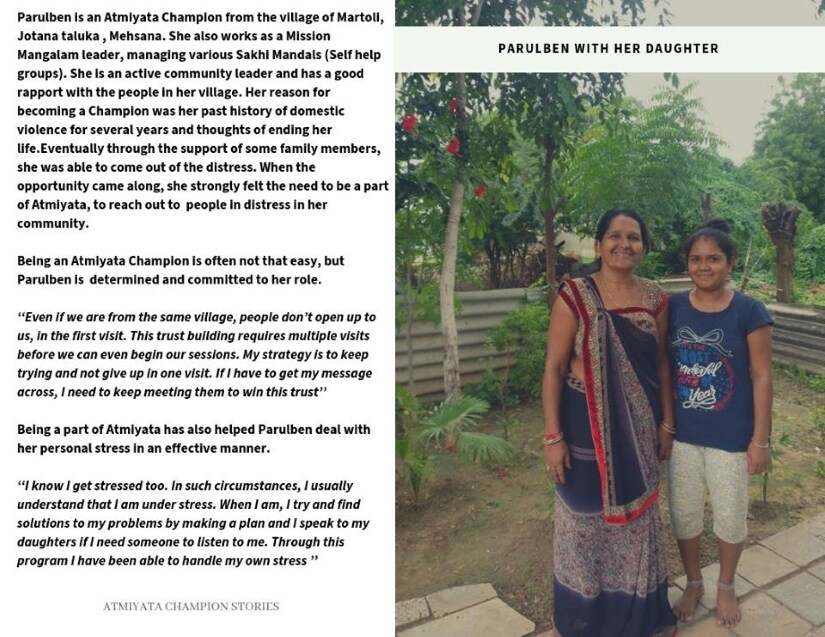In 1957, Dr Vidya Sagar, a psychiatrist working at the Amritsar Mental Hospital realised that the place was extremely short staffed in comparison to the growing number of patients, so he decided to bring about some changes. He set up army tents outside the hospital building and had the patients move into them. He also requested the accompanying relatives to stay in the tents with them in order to assist the nursing. Little did Dr Sagar knew the landmark shift he had brought in the approach to treating mental illness. He had just discovered the dynamics of community mental health. Community mental health, also known as community psychiatry or community psychology, is a sub-discipline of psychiatry that offers a framework for working with people with mental illness who are marginalised by the social systems. This mainly includes the majority to whom mental health remains not only inaccessible due to demographic reasons but also to whom the available system backfires in many ways. Upon shifting the place of treatment to an open area with tents, Dr Sagar noticed some drastic changes in patients’ perception of the treatment. It brought down the hostility patients in psychiatric facilities experience upon hospitalisation; the involvement of relatives in the tents worked against the age-old myths about the incurability of mental illnesses and in the meantime, the families also learned about the impact of psychiatric conditions and hence were able to brainstorm their own preventive measures within the communities. [caption id=“attachment_6882731” align=“alignnone” width=“825”]  Atmiyata has reached out to villages across Maharashtra and Gujarat. All images courtesy of the author[/caption] Community psychiatry is destined to provide all these essentials that Dr Sagar discovered but its emergence is rooted in an integration between human rights and psychiatry that challenges the mainstream system of mental health in numerous ways. About 80 percent of the Indian population living in rural areas do not receive proper healthcare. The treatment gap doesn’t seem to lose its stretch with accessibility to psychological interventions almost becoming a far fetched idea. Moreover, the number of clinical psychologists in India has only crossed 800 after its last census in 2016, contrasting to millions living with a range of mental health conditions. It is too displacing to blame the obvious lack of professionals over such gaps because the actual problem has deeper socio-political roots. This is where bridging the ends using the participation of community becomes significant. How it all began? Although community psychology emerged globally, its philosophical ground was laid in the 1960s of the United States. There was an evident need to expand the reach of psychology as an aid to suffering, but what really paved the way for community-based interventions to emerge was the interaction between people and social systems. The 1950s and 60s was a time when the world had started to experience a gradual shift from the ‘clinical’ model of mental health. The dominance of psychiatry as a “saviour” was indeed on hype but it had started to contaminate itself from classiest ideologies. Another major factor involved in the birth of community mental health is the time of social reforms. It is assumed that the base of community psychology is pushed into formation by resistances such as the feminist movement, the disability rights movements, the LGBTQ+ rights movement and of course the civil rights movement. The reason behind this connection was to establish that people’s distress doesn’t exist in a vacuum and both the causes behind distress as well as the treatment of it are regulated by hierarchies of oppression. India saw its involvement in community mental health when it recognised three major problems in its existing healthcare system. Firstly, many patients with severe mental illness, after treatment, found it extremely difficult to resort back to living in their communities — a concept often known as ‘social breakdown syndrome’. Secondly, the treatment gap in India was on the rise, where the number of people who were diagnosed with a mental disorder did not receive treatment for it due to a plethora of socio-economic and political reasons. But thirdly, and more importantly, professionals recognised that people living in the community can also be a part of the interventions. That means that they can be trained with the skills of management of mental health issues and eventually contribute to their amelioration. How does community mental health work? The strongest fundamental that community psychiatry upholds is that it functions on the basis of ‘inclusion’ which involves every dimension of oppression, be it gender, class, caste, sexual orientation and socioeconomic status. Another value it adheres to is something called ‘depowerment’ which states that to work with people within the community along with a so, it is crucial that professionals de-power themselves in terms of their privileges in order to synchronise themselves with the people they are working with. Jasmine Kalha, mental health social worker and research fellow at the Centre for Mental Health Law and Policy in Pune, is associated with the community mental health project, Atmiyata, which is destined to train people in communities to provide basic interventions to common mental health conditions in rural Maharashtra. [caption id=“attachment_6882721” align=“alignnone” width=“825”]  One of the success stories, as told by Atmiyata[/caption] Speaking about the ideological construct behind Atmiyata’s work Kalha says, “We firmly believe that mental health is socially determined and therefore considers various social barriers that impact the reach of care to all community members. The narrative of mental health in Atmiyata is based on stress-distress that aims to normalise and create empathetic communities to members facing mental health distress”. The intervention began undertaking 40 villages in a district of Maharashtra and has now expanded its reach up to 600 villages in Mehsana district, Gujarat, with one million adult population. But how would something like this work in terms of providing care to those suffering from a mental illness as disabling as psychosis or OCD, the treatment of which already is inaccessible? The answer lies in a diverse collaboration with the community. Implementing community-based approaches to the Indian system In his TED talk titled, ‘ Mental health for all, by all’, Dr Vikram Patel, a psychiatrist and research fellow at the London School of Hygiene and Tropical Medicine, discusses the concept of ‘task-shifting’ which simply calls for relocating healthcare tasks such as assessment and diagnosis from expensive professionals established in urban areas to people who are more available and accessible to the community. This can include primary healthcare workers or even people who simply belong to the community and are optimistic about bringing changes. Not only Dr Patel’s strategies and their implications across various low-income countries have proved to be statistically effective in training community workers, but research has also found the efficacy of such community-based interventions in reducing impacts of severe illnesses such as schizophrenia. “We believe in equitable and participatory collaborations of a range of people,” adds Kalha. “This value is extended while working in a community which requires an alliance with stakeholders across all sectors such as community groups, informal and formal leaders and the department of health and social justice. We follow a rigorous process to identify ‘Champions’ — people who can be trained into recognising and alleviating distress.” Such implications are not new to policymaking in India. Government-initiated projects such as the National and District Mental Health Programmes (NMHP, DMHP) have existed since 1982 circuiting the very same methods being discussed, but over the years their appraisal has only shown a decline in progress. Critiques of the Indian mental health system have called out such programmes to be bureaucratic with a lack of understanding of the very power dynamics they intend on breaking. But all hope is not lost. Thriving initiatives such as Atmiyata have surfaced over the past few years making dents in the traditional delivery system. “There is a need to reform the terminology of mental healthcare. For example, instead of ‘treatment gap’, we call it the ‘mental health care gap’ which sounds more holistic and inclusive of the social determinants,” Kalha proposes addressing the issues related to the implementation of community programmes. “We need to focus on prevention of mental health distress, scale-up evidence-based interventions, adopt approaches that are actually acceptable to the people who are using them. All of the above require an inter-sectoral and intersectional approach which emphasises on people’s rights.”
Community mental health, also known as community psychiatry or community psychology, is a sub-discipline of psychiatry that offers a framework for working with people with mental illness who are marginalised by the social systems.
Advertisement
End of Article


)
)
)
)
)
)
)
)
)



